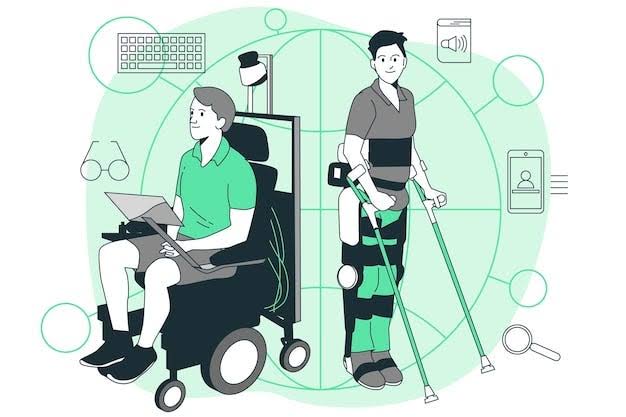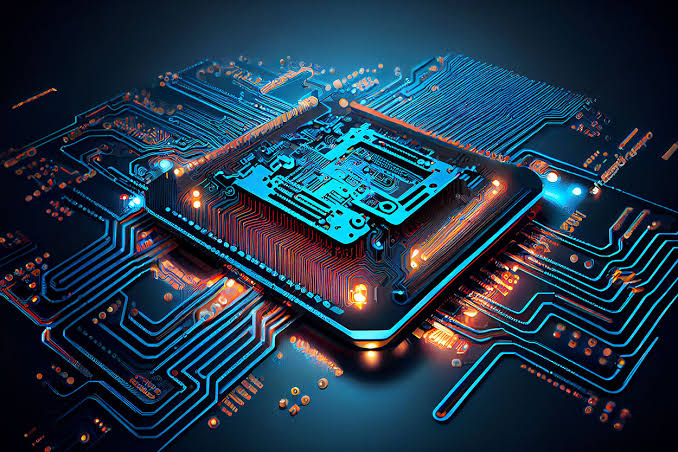Technology has become one of the most important drivers of transformation in modern healthcare. From diagnostic tools and telemedicine platforms to artificial intelligence and wearable devices, innovation is reshaping how healthcare is delivered and how patients receive treatment. These advancements not only enhance the quality of care but also make healthcare more accessible, efficient, and personalized. As of 2025, the role of technology in healthcare continues to expand, offering new ways to improve patient outcomes and streamline services across the globe.
Enhancing Patient Diagnosis and Treatment
Accurate diagnosis is the foundation of effective treatment, and technology has revolutionized this area significantly. Advanced imaging techniques such as MRI, CT scans, and PET scans provide clear and detailed visuals of the human body, enabling early detection of diseases that would otherwise go unnoticed.
Artificial intelligence tools are also being integrated into diagnostic systems, helping doctors analyze scans and test results faster and with higher accuracy. For example, AI-powered software can detect abnormalities in X-rays or identify early signs of cancer, reducing human error. With these tools, healthcare providers can create more personalized treatment plans that improve recovery rates and patient satisfaction.
Expanding Access Through Telemedicine
One of the most noticeable impacts of technology is the growth of telemedicine. Remote consultations allow patients to connect with doctors through video calls, mobile apps, or web platforms. This approach eliminates geographical barriers, making healthcare accessible to individuals in rural areas or those with limited mobility.
Telemedicine also reduces waiting times and hospital visits, which not only benefits patients but also eases the burden on healthcare facilities. By leveraging secure digital communication, patients can receive prescriptions, follow-up care, and mental health support from the comfort of their homes.
Improving Healthcare Efficiency
Technology has streamlined healthcare operations, making them more efficient and cost-effective. Electronic Health Records (EHRs) are a prime example. Instead of relying on paper-based records, hospitals and clinics now store patient information digitally, ensuring quick access to medical history, test results, and treatment plans.
Automation tools also improve workflows by reducing repetitive administrative tasks. For instance, scheduling software and digital appointment reminders cut down missed visits, while AI-based systems help in managing hospital bed allocations and staff rotations. This efficiency allows medical professionals to focus more on patient care rather than paperwork.
Supporting Preventive Healthcare
Prevention is better than cure, and technology is helping people monitor and improve their health proactively. Wearable devices such as smartwatches and fitness trackers collect real-time data on heart rate, blood pressure, oxygen levels, and physical activity. These tools encourage individuals to take responsibility for their health by tracking daily habits and identifying potential risks early.
Mobile health apps also provide reminders for medication, nutrition advice, and mental wellness support. Combined, these innovations empower people to adopt healthier lifestyles and reduce the likelihood of chronic conditions.
Advancing Personalized Medicine
Every patient is unique, and personalized medicine tailors treatments based on individual characteristics such as genetics, environment, and lifestyle. Technology plays a central role here through tools like genetic testing and AI-driven data analysis.
For example, doctors can now predict how a patient will respond to certain drugs and adjust treatment accordingly. This approach not only increases effectiveness but also reduces side effects. Personalized therapies are particularly impactful in oncology, where targeted treatments improve survival rates and quality of life for cancer patients.
Strengthening Healthcare Communication
Effective communication between patients and healthcare providers is crucial for better outcomes. Technology enhances this by offering multiple digital channels for interaction. Mobile apps, patient portals, and secure messaging systems ensure that patients can ask questions, review lab results, and receive timely updates without physically visiting the hospital.
Additionally, collaboration between doctors across different regions has become easier through digital platforms. Specialists can share data and provide expert opinions instantly, which is particularly beneficial in critical cases that require fast decision-making.
Transforming Medical Training and Research
Healthcare professionals also benefit from technology through better training and research opportunities. Virtual reality and augmented reality tools allow medical students to practice surgeries in simulated environments without risk. This hands-on approach improves skills and confidence before treating real patients.
In research, technology accelerates drug discovery and clinical trials. Artificial intelligence can analyze vast amounts of medical data quickly, identifying patterns and predicting outcomes that would take years to discover manually. This leads to faster development of vaccines, treatments, and preventive strategies for emerging diseases.
Improving Patient Safety
Patient safety is a top priority in healthcare, and technology helps minimize risks. Automated medication dispensing systems reduce errors in dosage, while barcoding ensures patients receive the right drugs. Smart monitoring devices in hospitals alert staff immediately when a patient’s condition changes, allowing for rapid intervention.
Robotics is also playing a role in surgeries, offering greater precision and minimizing the risks associated with invasive procedures. By combining human expertise with machine accuracy, patient outcomes improve significantly.
Reducing Healthcare Costs
While healthcare is often expensive, technology helps lower costs in the long run. Remote monitoring reduces hospital stays, automation cuts administrative expenses, and preventive healthcare minimizes the need for costly treatments. Telemedicine also saves patients money by reducing travel and consultation costs.
For healthcare providers, efficient use of technology means fewer errors, better resource allocation, and improved overall performance, leading to significant savings across the system.
Conclusion
Technology is transforming healthcare by making it more accurate, accessible, efficient, and patient-centered. From early diagnosis to personalized treatment and preventive care, innovations are creating a system that prioritizes outcomes while reducing costs. Telemedicine, wearable devices, AI-powered diagnostics, and advanced research tools are only the beginning of what is possible.
As healthcare continues to integrate new technologies, the future holds the promise of improved services and healthier populations globally. For patients and providers alike, embracing these tools is not just an option but a necessary step toward better healthcare outcomes.




Good
Nice